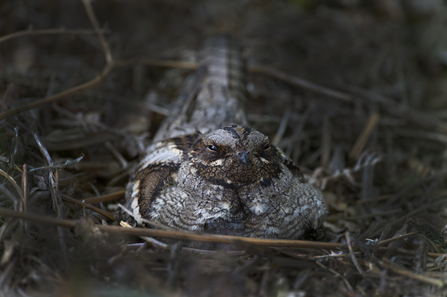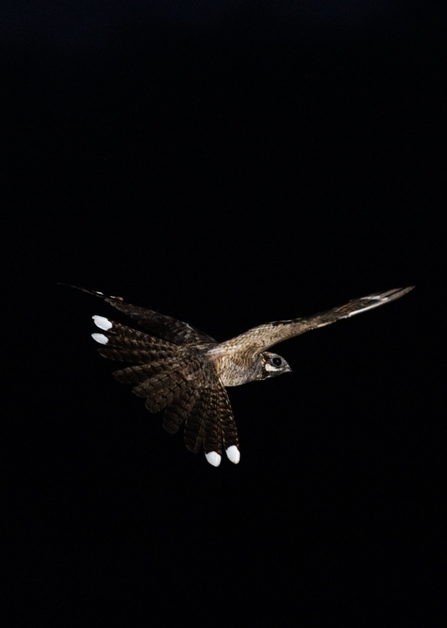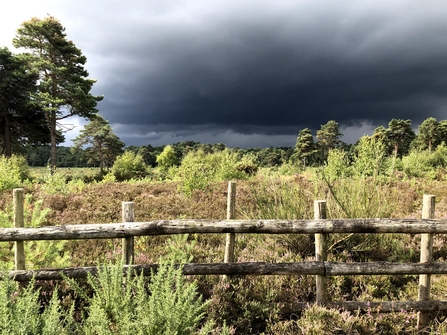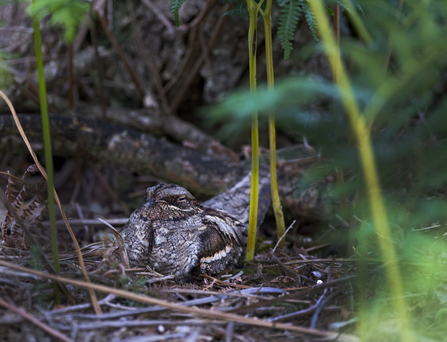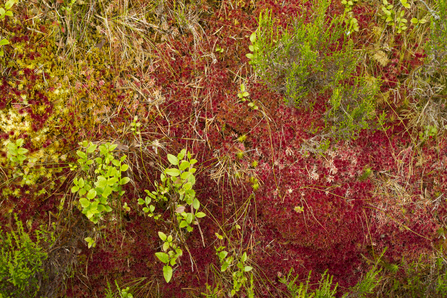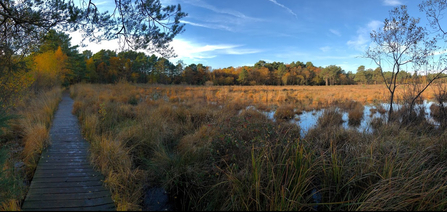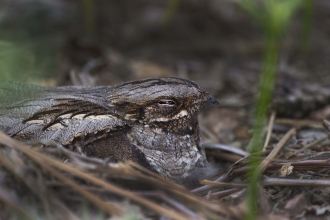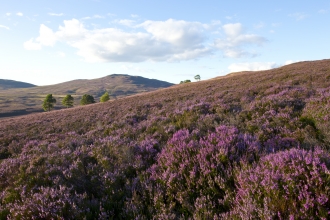In this blog series members of our team share a photo of their favourite spot on our reserves, and tell us the story behind it: what makes it so special, and the work that goes in to maintaining it. There’s always more than first meets the eye!
In our second report from Wildmoor Heath, Roger Stace introduces us to the fascinating world of nightjars, and the land management needed to maintain their breeding habitat.


